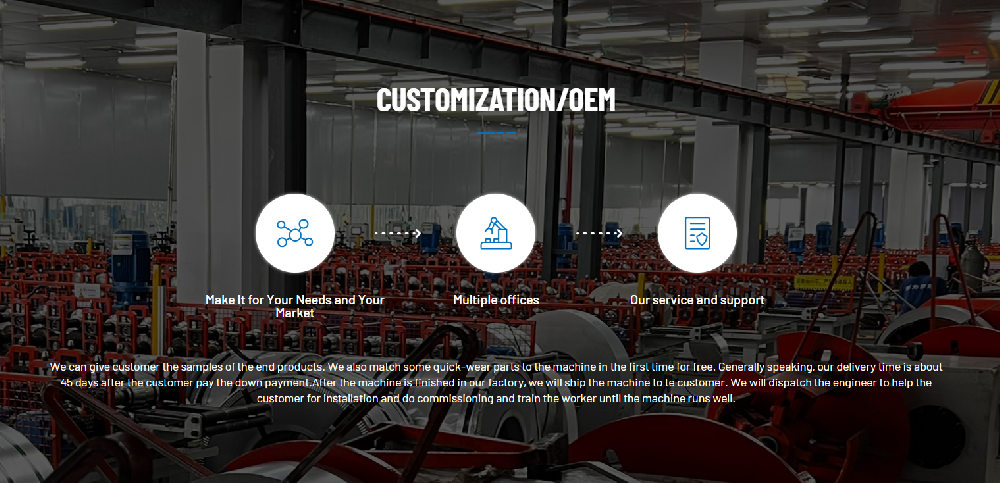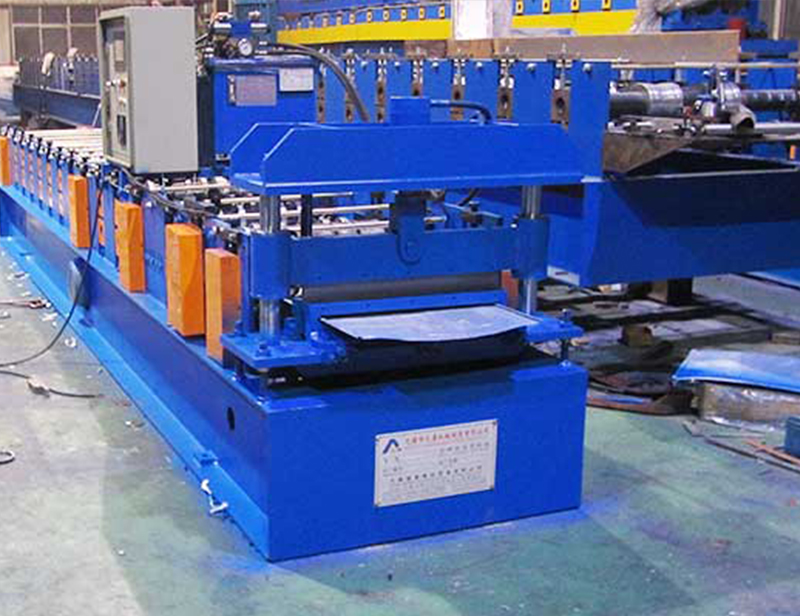Navigation Menu
Contact Us
- Email:
- info@wxavatar.com
- Address:
- Yurong Village, Yuqi Street, Huishan District, Wuxi, China.
Release Date:Jun 06, 2025 Visit:39 Source:Roll Forming Machine Factory
In today's competitive manufacturing landscape, optimizing production efficiency is crucial for maintaining a strong market position. One method that has proven effective in enhancing productivity is custom roll forming. This process allows manufacturers to create precise, high-quality metal components with improved speed and consistency compared to traditional fabrication methods.

What Is Custom Roll Forming?
Custom roll forming is a specialized metal fabrication process where continuous strips of metal are passed through a series of rollers to gradually shape them into desired profiles. Unlike standard roll forming, which uses pre-existing dies, custom roll forming involves designing tooling specifically for unique part geometries, ensuring a perfect fit for specific applications.
Benefits of Custom Roll Forming for Production Efficiency
1. Reduced Material Waste
Since custom roll forming is a precision-based process, it minimizes material scrap by producing parts with tight tolerances. The ability to design tooling for exact specifications means less rework and fewer rejected parts.
2. High-Speed Production
Once the tooling is set up, custom roll forming allows for rapid, continuous production. This makes it ideal for high-volume orders, where consistent output is necessary to meet demand.
3. Consistent Quality
The automated nature of roll forming ensures uniformity across large production runs. Each part maintains the same dimensions and structural integrity, reducing variability that can occur with manual fabrication methods.
4. Versatility in Design
Custom roll forming supports complex shapes and profiles that might be difficult or costly to achieve with other methods. Manufacturers can produce lightweight yet durable components tailored to specific industry needs.
5. Lower Labor Costs
With automation playing a key role in roll forming, fewer manual operations are required, leading to reduced labor expenses over time.
Industries That Benefit from Custom Roll Forming
Automotive: Structural components, trim, and reinforcement parts
Construction: Metal framing, roofing, and cladding profiles
Appliances: Housing units, brackets, and support structures
Aerospace: Lightweight yet strong structural elements
How to Implement Custom Roll Forming in Your Production Line
Assess Your Needs – Determine the specific profiles and volumes required for your products.
Partner with an Experienced Manufacturer – Work with a supplier that has expertise in custom roll forming to ensure optimal tooling design.
Optimize Material Selection – Choose metals that balance cost, strength, and formability for your application.
Test and Refine – Prototype and adjust tooling as needed before full-scale production.

Conclusion
Custom roll forming offers a reliable way to enhance production efficiency while maintaining high-quality standards. By reducing waste, speeding up manufacturing, and ensuring consistency, this process can be a valuable addition to any production line. If your operations require precision metal components in large quantities, exploring custom roll forming solutions could be a strategic move toward greater productivity.
Would you like to learn more about how custom roll forming can fit into your manufacturing process? Consult with a specialist today to discuss your specific requirements.